She wasn’t just playing Catwoman — she redefined what it meant to be dangerously glamorous
Julie Newmar, born in 1933, is a name forever etched into Hollywood history—not just for her slinky, unforgettable portrayal of Catwoman in the 1960s Batman television series, but for a career that stretched far beyond that single role. With her statuesque beauty, commanding presence, and sharp wit, Newmar embodied a unique blend of sophistication and daring that helped define an era of American entertainment while simultaneously transcending it. She wasn’t simply a performer; she was an artist who knew how to command attention in every medium she touched.
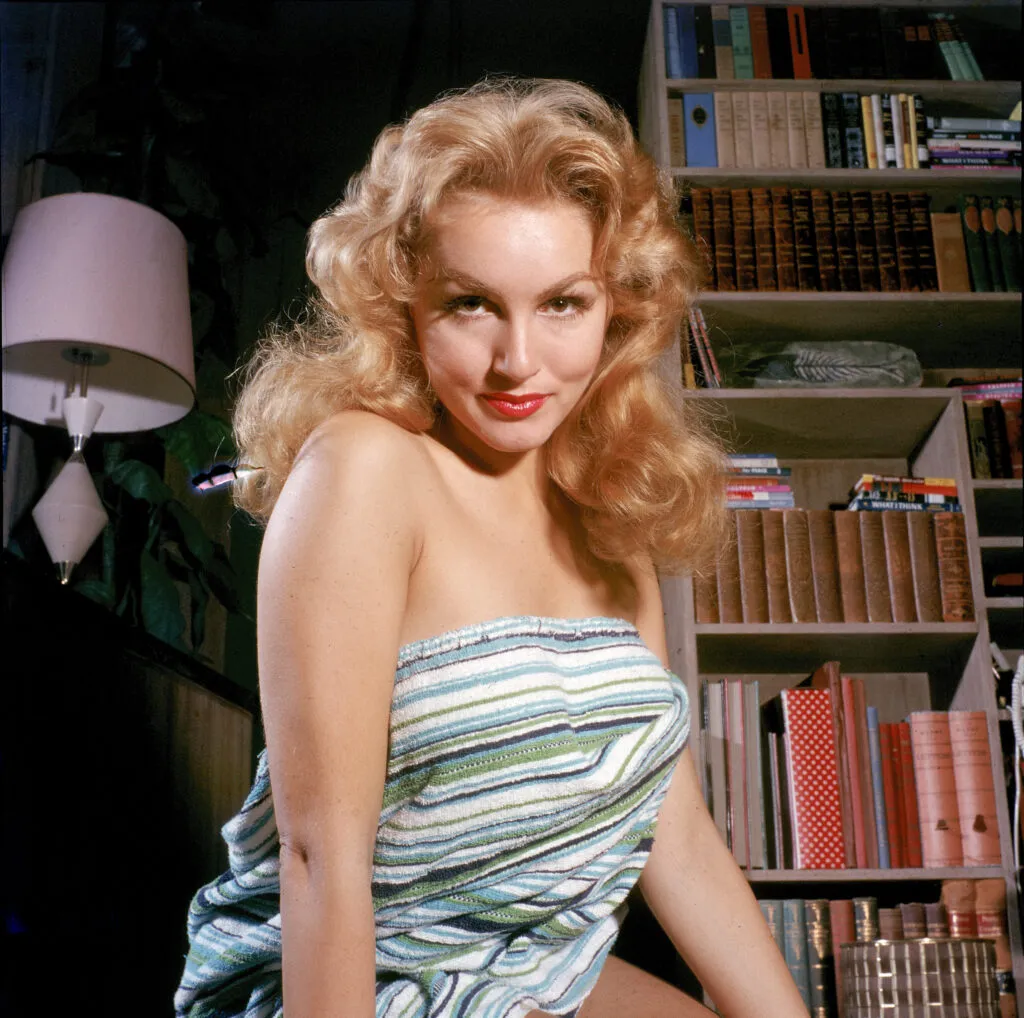
Raised in Los Angeles, Newmar’s early life was steeped in creativity. She trained as a classical dancer, and her years of discipline and precision in ballet shaped everything that came after. Unlike many actresses of her generation, who were discovered purely for their looks, Newmar brought with her an athleticism and elegance that could only come from years of physical training. She first dazzled audiences on Broadway, her expressive movements and impeccable poise making her a natural fit for the stage. Those who saw her perform in musicals and plays recognized immediately that she wasn’t a typical ingénue—she was a force of nature.
That background in dance didn’t simply prepare her for choreography or stage movement; it gave her an almost feline quality that would become her trademark. When she stepped into the iconic catsuit as Catwoman, audiences weren’t just seeing a costume. They were witnessing the culmination of years of artistry in movement. Every step, every glance, every gesture carried a fluid magnetism. It wasn’t just performance; it was embodiment. Newmar was Catwoman in a way that made the character enduring, setting the standard for every iteration that followed, from Eartha Kitt to Michelle Pfeiffer to Zoë Kravitz.

Her Catwoman wasn’t a one-dimensional villain. She was sensual, yes, but also whip-smart, playful, and commanding. At a time when female characters on television were often relegated to stereotypes—wives, mothers, damsels in distress—Newmar delivered something else entirely: a woman who could outsmart Batman, tease him, tempt him, and still hold her own as his equal. Her Catwoman became a cultural landmark, influencing fashion, performance, and even early feminist discussions about the kinds of roles women could play in mainstream entertainment.
But to define Newmar solely by her work as Catwoman would be to overlook the breadth of her career. Before she donned the catsuit, she had already made her mark in film with appearances in classics like Seven Brides for Seven Brothers (1954), where her physical grace was on full display. She appeared in The Twilight Zone, showcasing her ability to adapt to genres that demanded subtlety, mystery, and depth. She took on comedies, dramas, musicals, and science fiction—proving again and again that she was not content to be typecast.

Her versatility extended beyond the screen and stage. Newmar possessed a natural charisma that made her just as fascinating off-camera. Known for her intelligence and independence, she often defied expectations. While Hollywood frequently pressured actresses into certain molds, she forged her own path, balancing beauty with brains in a way that unsettled those who underestimated her.
What many don’t know is that Newmar was also a pioneer outside of entertainment. She ventured into business and design, even securing patents for clothing-related inventions that reflected her keen eye for both functionality and fashion. Her entrepreneurial spirit revealed a different side of her artistry: one that embraced innovation and refused to confine itself to a single field.

Through it all, Newmar cultivated a personal philosophy of grace and humor. She never shied away from her glamorous image but infused it with a sharp wit that reminded everyone she was fully in control of her persona. Unlike some of her contemporaries, who struggled with the weight of fame, Newmar seemed to treat it as another role—one she played with charm, confidence, and playfulness.
Her legacy today is rich and multifaceted. To some, she will always be the definitive Catwoman, the embodiment of sly glamour and feline cunning. To others, she is a Broadway-trained dancer whose artistry elevated every role she took on. To yet others, she is a businesswoman and inventor who refused to be boxed in by Hollywood’s narrow expectations.
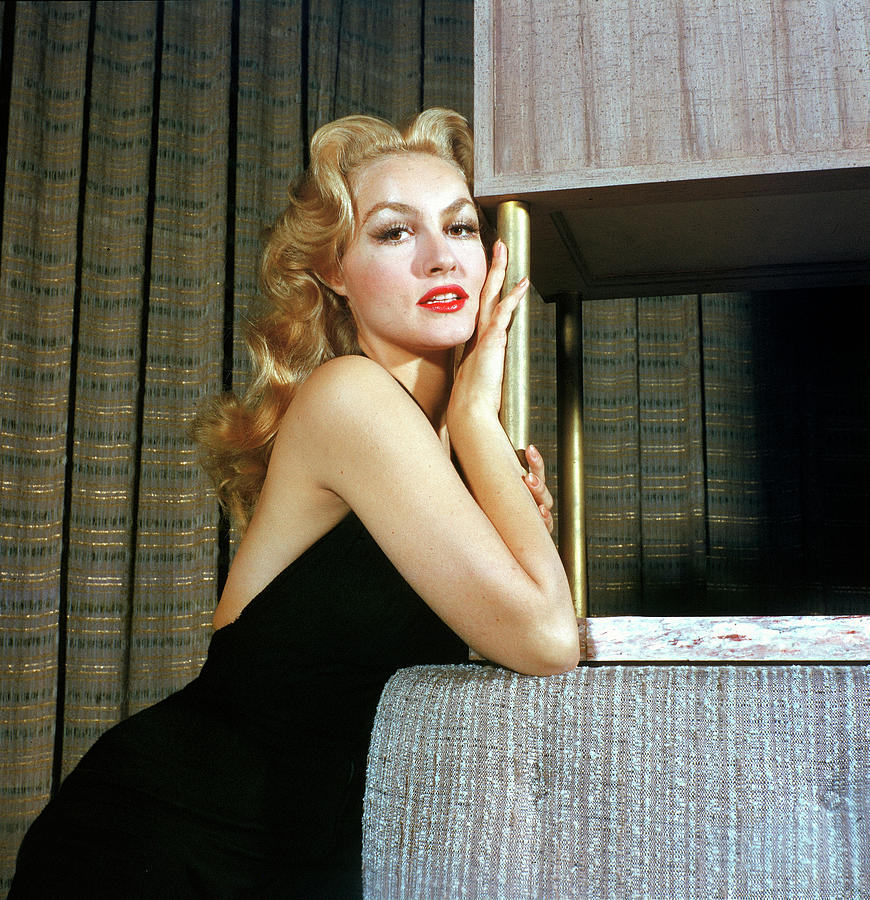
Julie Newmar’s career is a reminder that glamour and intelligence are not opposites, and that beauty paired with wit can be revolutionary. Her influence continues to ripple across popular culture, inspiring new generations of actresses who seek to balance sensuality with strength, allure with intellect. She showed that a woman could be many things at once—iconic, playful, elegant, and powerful—without ever losing her authenticity.
Decades after her first appearance as Catwoman, Julie Newmar remains a symbol of timeless sophistication and daring originality. Her story isn’t just one of Hollywood stardom; it’s one of reinvention, resilience, and artistry that went far beyond the screen. True glamour, as she proved, never fades—and true talent never grows old.

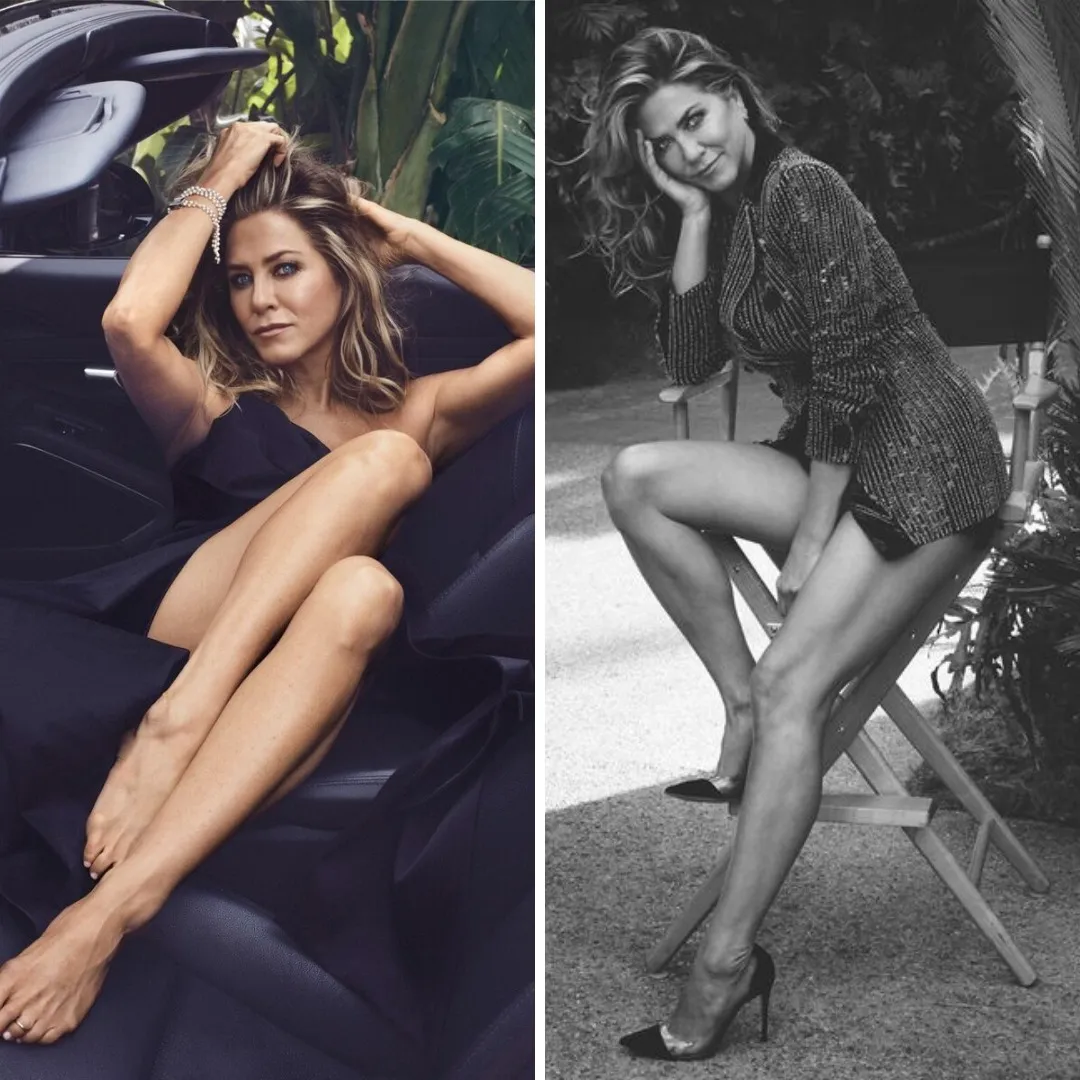
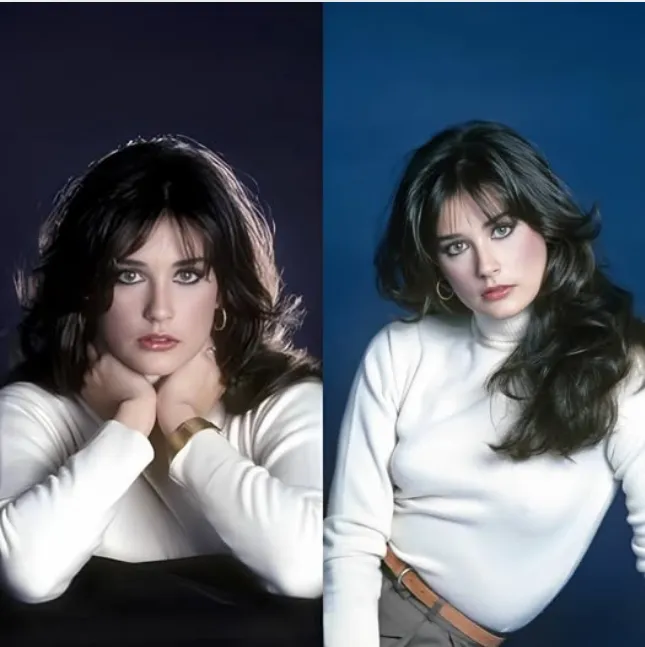
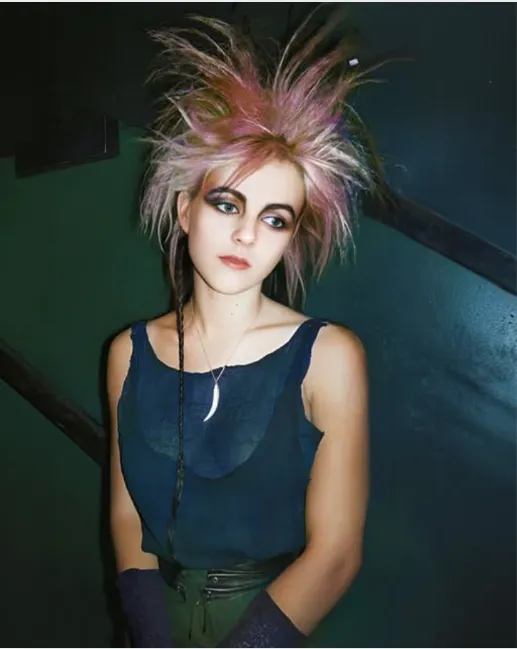
-1755679305-q80.webp)